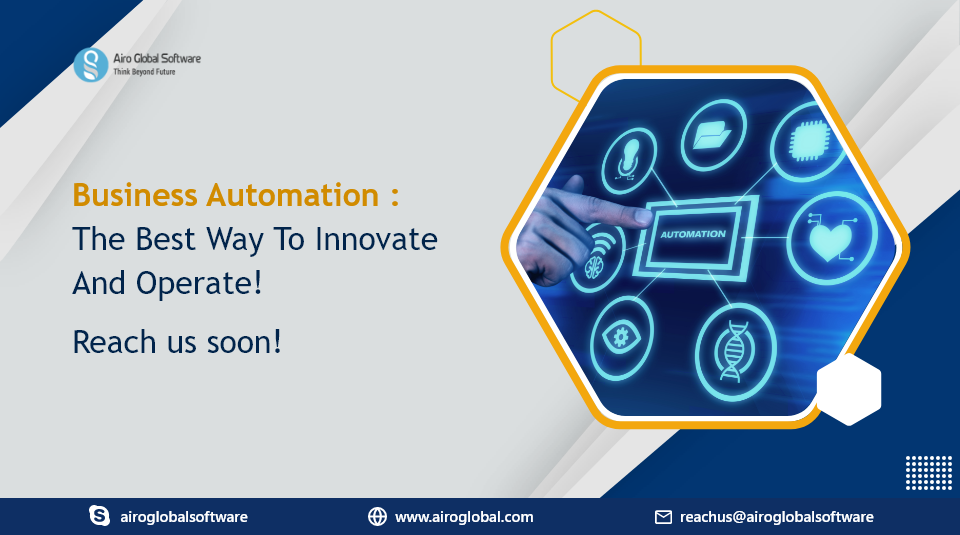In the dynamic world of fleet management, the demand for advanced tracking solutions has become critical. Teltonika FMB920 Tracking Software emerges as a powerful tool designed to optimize fleet operations, enhance efficiency, and ensure the security of valuable assets. This blog post delves into the intricate details of Teltonika FMB920, exploring its comprehensive features, unparalleled benefits, and unique selling points that make it the go-to solution for modern fleet management.
Understanding Teltonika FMB920 Tracking Software:
Teltonika FMB920 is an innovative GPS tracking software that revolutionizes fleet management. With its intuitive interface and user-friendly controls, fleet managers gain full control over their operations, allowing for seamless monitoring and efficient decision-making.
Powerful Features for Enhanced Fleet Management:
Teltonika FMB920 boasts a wide range of features that elevate fleet management to new heights. Real-time tracking is a standout capability, providing fleet managers with instant visibility into the location of their vehicles, enabling them to make informed decisions promptly. Geofencing enhances security and compliance by allowing the creation of virtual boundaries, triggering immediate alerts when vehicles enter or exit specific zones.
Driver behavior monitoring is a vital aspect of fleet management, and Teltonika FMB920 excels in this area. It enables fleet managers to track driving parameters such as speed, braking, and acceleration, promoting safer driving practices, reducing fuel consumption, and minimizing the risks of accidents. Fuel monitoring is made effortless with Teltonika FMB920, accurately tracking fuel consumption, detecting potential fuel theft, and identifying areas for improvement to optimize fuel management.
Maintenance and diagnostics play a crucial role in fleet operations, and Teltonika FMB920 excels in streamlining these processes. The software provides valuable insights into the health of vehicles, their mileage, and maintenance schedules. By proactively scheduling maintenance tasks, fleet managers can minimize downtime and reduce overall operational costs.
Another standout feature of Teltonika FMB920 is route optimization. Leveraging intelligent routing capabilities, the software considers factors such as traffic conditions and vehicle specifications to optimize routes, reduce travel time, and improve fuel efficiency. This feature contributes to overall productivity and cost savings.
Benefits of Teltonika FMB920 Tracking Software:
The implementation of Teltonika FMB920 brings numerous benefits to fleet management operations. Increased operational efficiency and productivity are achieved through real-time tracking, streamlined communication, and optimized route planning. Enhanced security and asset protection are ensured through geofencing, unauthorized vehicle movement alerts, and theft detection features.
Cost reduction and improved return on investment (ROI) are prominent advantages of Teltonika FMB920. By optimizing fuel consumption, reducing maintenance downtime, and enhancing overall operational efficiency, businesses can significantly cut costs and increase profitability. The software also promotes improved driver safety and behavior, fostering a safer work environment and minimizing risks associated with accidents.
Implementing Teltonika FMB920 Tracking Software:
The implementation of Teltonika FMB920 is a straightforward process, with easy installation and configuration procedures. Additionally, comprehensive training and support ensure a seamless adoption of the software within fleet management operations. With the software's scalability and compatibility with diverse fleets, businesses of all sizes can benefit from its advanced features.
Future Innovations and Upgrades:
Teltonika FMB920 Tracking Software is committed to continuous improvement. The software's development team constantly works on enhancing its features, addressing user feedback, and staying ahead of emerging industry trends. Upcoming upgrades are expected to bring even more advanced functionalities and capabilities to further elevate fleet management efficiency.
Conclusion:
Teltonika FMB920 Tracking Software stands as a game-changing solution in the realm of fleet management. Its comprehensive features, including real-time tracking, geofencing, driver behavior monitoring, fuel monitoring, maintenance and diagnostics, and route optimization, empower fleet managers to unlock unprecedented efficiency, security, and cost savings. With success stories and testimonials supporting its effectiveness, Teltonika FMB920 has proven to be a reliable and innovative choice for fleets of all sizes. By implementing this advanced tracking software, businesses can stay ahead of the competition, optimize operations, and safeguard their assets with ease.If you have any questions or concerns, please contact Airo Global Software through the email given below.
E-mail id: [email protected]

Author - Johnson Augustine
Chief Technical Director and Programmer
Founder: Airo Global Software Inc
LinkedIn Profile: www.linkedin.com/in/johnsontaugustine/


